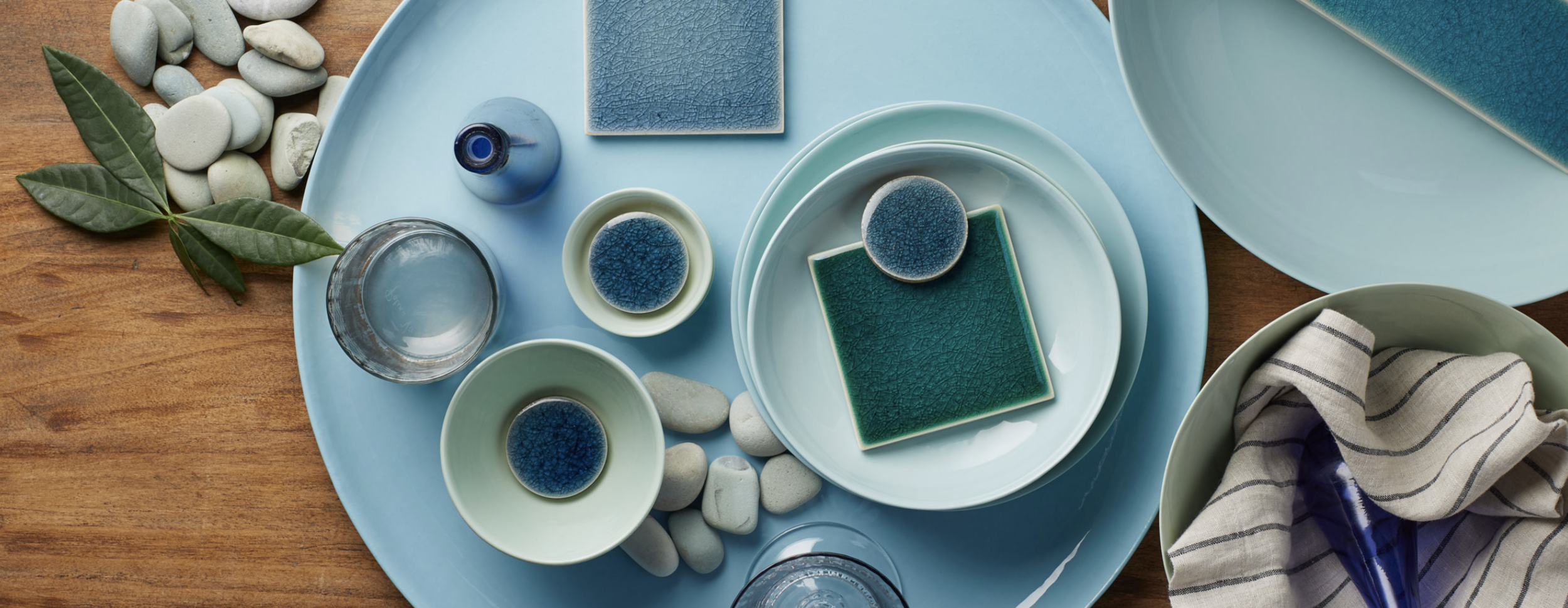I'm all about green building and sustainable design — I wrote my master's thesis on it! It's important that we understand how our lives and our work impacts our environment You would be shocked at the amount of waste that is produced at all levels of construction. It is our responsibility as leaders in our industry to be the flagship for change. I applaud Kohler for not only taking a good look at the numbers, but doing something about it!
In 2015 Kohler recycled 59% of the 289,790 metric tons of waste generated globally. How does their team tackle the daunting task of finding ways to reuse over 200,000 metric tons of waste? They start by looking at the big picture:
1. Construction materials – Materials like slag and sand can be used as bases for roadways and other construction projects.
2. Raw materials – Kohler-produced waste that other companies see as raw material. Examples include pottery cull which is used to create tile or pottery molds used in the production of cement.
3. Miscellaneous – This includes the hard-to-recycle materials considered for reuse within Kohler, reclaimed metals or waste used to create completely new commercial products in the Innovation for Good Waste Lab.
ENTER WASTE LAB
Waste Becomes Opportunity.
Dust. Powder. Scraps. What if waste, bound for the landfill, has hidden value we haven’t explored? The WasteLAB is where we ask “What if?” and experiment until we find answers, until we turn waste into something meaningful.
Kohler wowed us with a beautiful booth this year at KBIS 2022 in Orlando and shared their important and impactful new direction. Their first beautiful line of recycled materials is the Crackle Collection, designed in partnership with ANN SAKS®.
The Crackle Collection tiles are handmade by WasteLAB artisans and decorated with a dimensional visual effect achieved with a unique glaze designed to pool and break over the textured surface during firing. Tapping into current bold color trends, the Crackle Collection features the rich shades of Mahogany, Amber, Emerald, Bone, Turquoise and Lake.
The "body" of the tiles is made from almost 100% landfill-bound pottery cull — broken pieces of toilets, sinks, and other former construction waste. The scraps are pressed into powder and then molded into the appropriate shape. The amber and mahogany hues are derived from iron slag, and the glazes are made from enamel powders and leftover glaze collected during the processing of toilets, bathtubs and sinks.
As Kohler builds out its broad circular economy strategies, the WasteLAB team is also involved in other projects aimed at thinking of new uses for "waste" materials, such as how to reduce, or shred and reuse the corrugated cardboard from packaging in different applications for smaller, three-dimensional objects.


